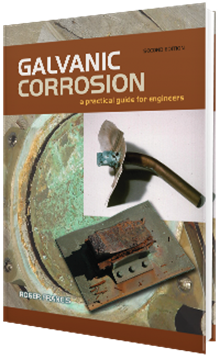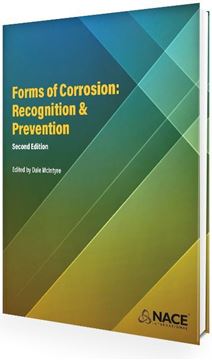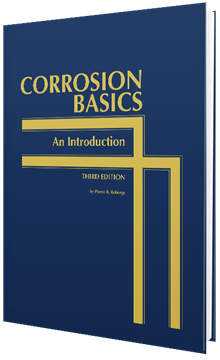Search
The Corrosion of Copper and its Alloys
Also Purchased
Galvanic Corrosion: A Practical Guide for Engineers, 2nd Edition
Product Number:
37625-POD
ISBN:
978-1-57590-353-8
$105.00
Forms of Corrosion - Recognition and Prevention, 2nd Edition
Product Number:
37626-POD
ISBN:
978-1-57590-354-5
$215.00
Corrosion Basics: An Introduction, 3rd edition
Product Number:
37630-POD
ISBN:
978-1-57590-360-6
$248.00
Recently viewed




